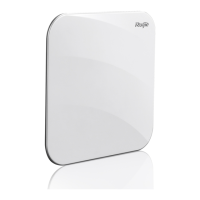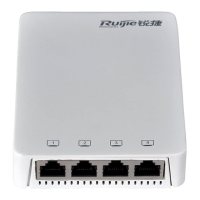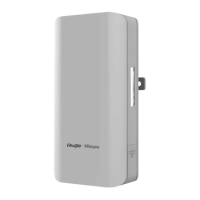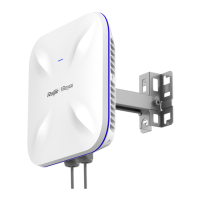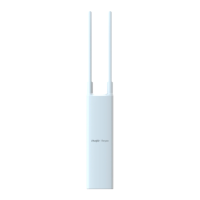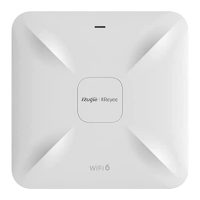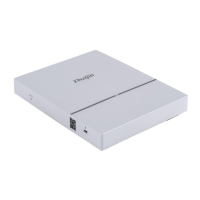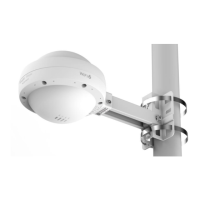Configuration Guide Configuring IP Addresses and Services
For a class D address, the first four most significant bits are 1110 and other bits indicate a multicast address.
Figure 1-5
The addresses with the first four most significant bits 1111 cannot be assigned. These addresses are called class E
addresses and are reserved.
When IP addresses are planned during network construction, IP addresses must be assigned based on the property of the
network to be built. If the network needs to be connected to the Internet, users should apply for IP addresses to the
corresponding agency. In China, you can apply to China Internet Network Information Center (CNNIC) for IP addresses.
Internet Corporation for Assigned Names and Numbers (ICANN) is the final organization responsible for IP address
assignment. If the network to be built is an internal private network, users do not need to apply for IP addresses. However, IP
addresses cannot be assigned at random. It is recommended to assign dedicated private network addresses.
The following table lists reserved and available addresses.
1.0.0.0 - 126.255.255.255
127.0.0.0 - 127.255.255.255
128.0.0.0 - 191.254.255.255
191.255.0.0 - 191.255.255.255
192.0.1.0 - 223.255.254.255
223.255.255.0 - 223.255.255.255
224.0.0.0 - 239.255.255.255
240.0.0.0 - 255.255.255.254
Three address ranges are dedicated to private networks. These addresses are not used in the Internet. If the networks to
which these addresses are assigned need to be connected to the Internet, these IP addresses need to be converted into
valid Internet addresses. The following table lists private address ranges. Private network addresses are defined in RFC
1918.
10.0.0.0 - 10.255.255.255
172.16.0.0 - 172.31.255.255
192.168.0.0 - 192.168.255.255
For assignment of IP addresses, TCP/UDP ports, and other codes, refer to RFC 1166.

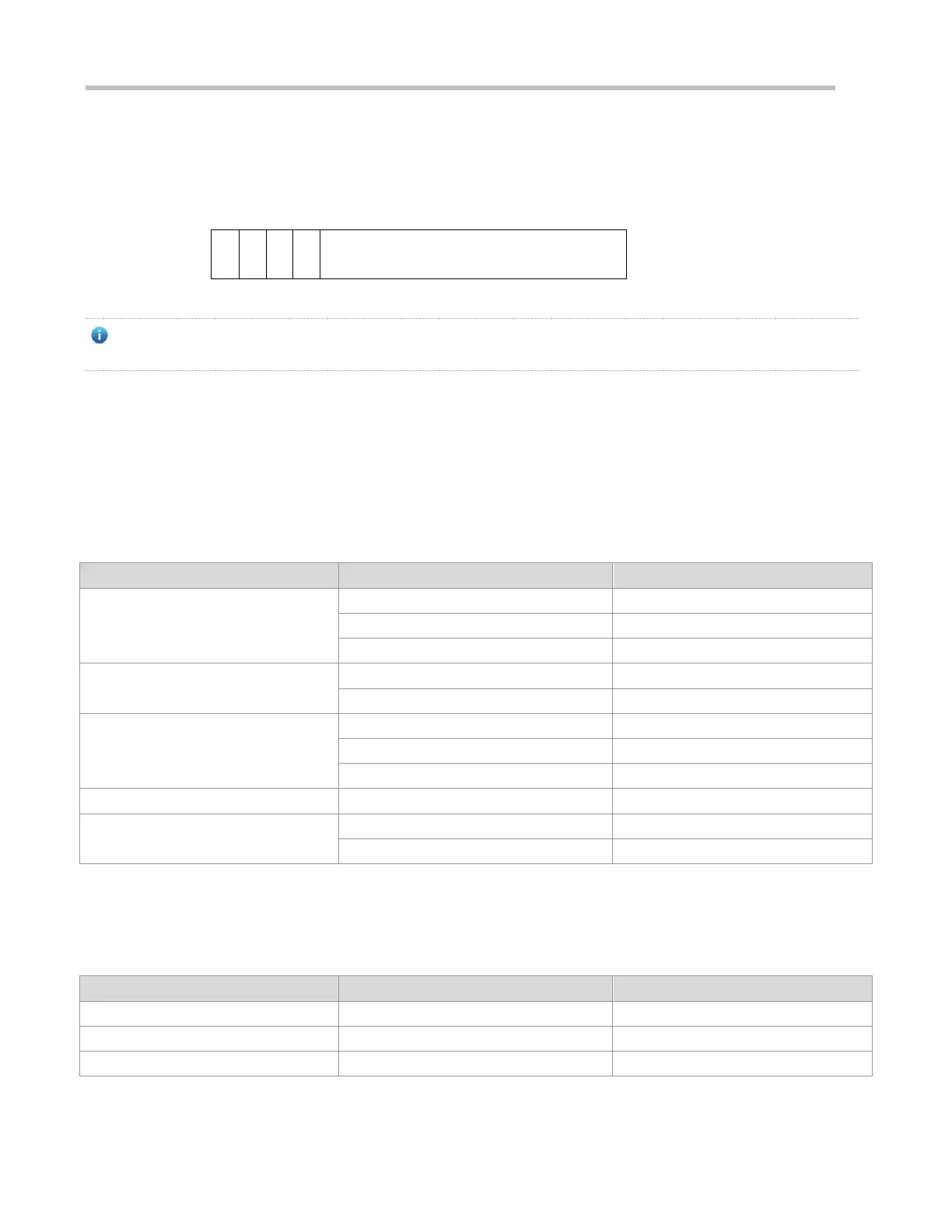